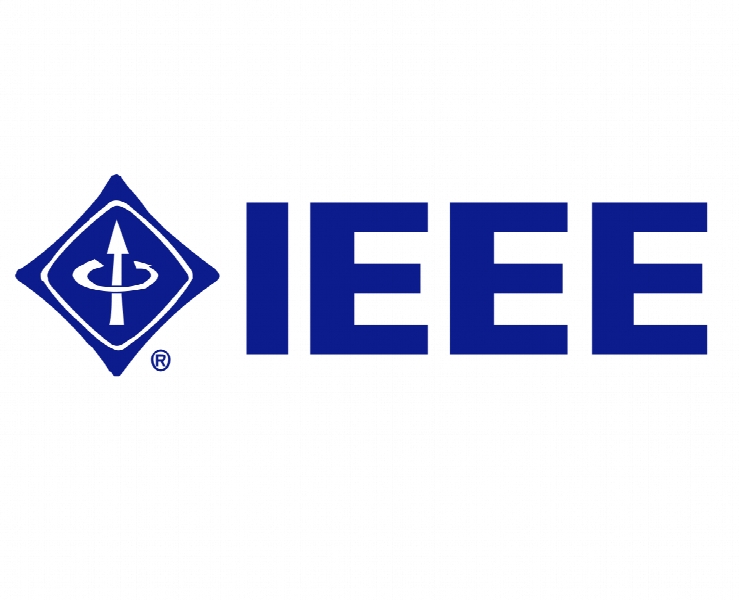ادغام LoRaWAN و 4G/5G برای اینترنت اشیای صنعتی Integration of LoRaWAN and 4G/5G for the Industrial Internet of Things
- نوع فایل : کتاب
- زبان : انگلیسی
- ناشر : IEEE
- چاپ و سال / کشور: 2018
توضیحات
رشته های مرتبط فناوری اطلاعات و ارتباطات و فناوری اطلاعات
گرایش های مرتبط اینترنت و شبکه های گسترده، مخابرات سیار، دیتا و سامانه های شبکه ای
مجله ارتباطات – IEEE Communications Magazine
دانشگاه University of Granada
منتشر شده در نشریه IEEE
گرایش های مرتبط اینترنت و شبکه های گسترده، مخابرات سیار، دیتا و سامانه های شبکه ای
مجله ارتباطات – IEEE Communications Magazine
دانشگاه University of Granada
منتشر شده در نشریه IEEE
Description
Introduction The Internet of Things (IoT) is one of the hottest topics in communications today. Although the forecast of 50 billion devices by 2020 may be outdated, the general trend that early analysts predicted is undeniable. Current values vary from 6 to 9 billion devices, whereas forecasts estimate from 20 to 30 billion IoT devices for 2020 (e.g., Ericsson’s figure is 28 billion for 2021) [1]. Gartner [2] has forecast that Industrial IoT (IIoT) devices will represent around 37 percent of the global number, which will account for about 57 percent of overall IoT spending in 2017. Although there is no formal definition [3], an IEEE report describes IoT as “a network of items — each embedded with sensors — which are connected to the Internet.” Considering the type and the purpose of the things connected, IoT systems can be classified into consumer, industrial, and manufacturing. Consumer IoT systems connect things that consumers utilize such as wearable devices, home automation, and security devices, or for healthcare. Their purpose is to improve the users’ quality of life. Industrial IoT systems connect things that basically are non-consumer (i.e., things used by professionals and companies). IIoT use cases encompass industrial machinery, transportation monitoring, logistic tracking, asset tracking, healthcare, intelligent buildings, smart cities, smart agriculture, and smart metering. Their purpose is to increase productivity and reduce the environmental impact. Manufacturing IoT systems are focused on factories in order to optimize their processes (smart manufacturing). The precise industries that are covered under IIoT depend on the approach of the different industry bodies. For example, in many cases the terms Industrie 4.0 and IIoT are used interchangeably, but the former is restricted to manufacturing.1 However, the Industrial Internet2 Consortium considers the following industries as the major IIoT vertical markets: energy, healthcare, manufacturing, smart cities, and transportation.


